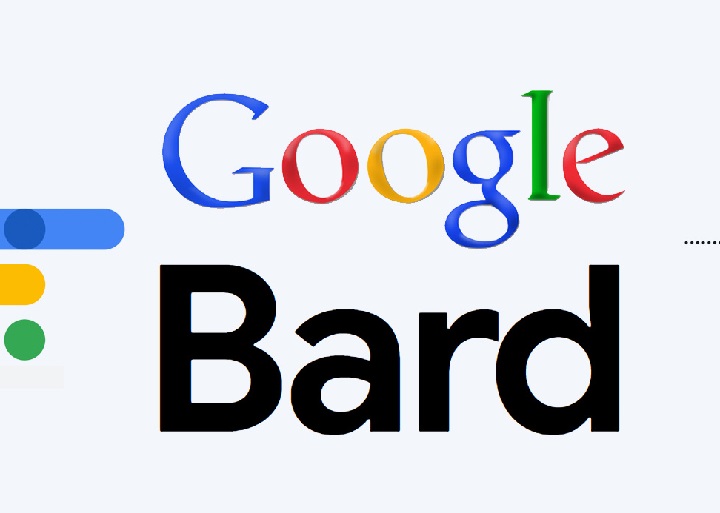In the realm of artificial intelligence (AI) and natural language processing (NLP), Google Bard emerges as a promising new entrant with its unique multimodal capabilities. In this article, we’ll delve into what sets Google Bard apart from other AI language models and explore the potential implications of its innovative approach.
The Rise of Google Bard
Google Bard is Google’s ambitious venture into multimodal AI. Unlike traditional AI language models that focus solely on processing text, Google Bard is designed to seamlessly integrate text and images, offering a holistic understanding of content. Let’s examine the standout features of Google Bard and how it compares to some other well-known AI models.

Multimodal Prowess:
The defining feature of Google Bard is its ability to process both text and images simultaneously. While models like GPT-3 and BERT excel in text-based tasks, Google Bard takes a giant leap by incorporating visual context. This opens the door to a wide array of applications, including:
- Image Captioning: Google Bard can generate descriptive and contextually relevant captions for images, enhancing accessibility and user experience.
- Visual Chatbots: In chatbot applications, Google Bard can understand and respond to user queries based on both text and image inputs, making interactions more intuitive.
- Content Generation: Content creators can benefit from Google Bard’s ability to generate text that complements images, enhancing the storytelling aspect of multimedia content.
Contextual Relevance:
Google Bard’s multimodal architecture allows it to generate responses that are more contextually relevant. For instance, when provided with an image, it can generate text that is closely related to the visual content, resulting in a more comprehensive understanding.
Integration with Google Services:
Google Bard’s close integration with Google’s ecosystem can be a game-changer for developers already using Google’s suite of services. This seamless integration can simplify the development process and enhance interoperability.
Comparing Google Bard with Other Models:
While Google Bard is pioneering the field of multimodal AI, it’s essential to understand how it stacks up against other AI language models like GPT-3, BERT, and RoBERTa:
- GPT-3: GPT-3 excels in generating coherent and contextually relevant text but lacks the ability to process images. Google Bard surpasses GPT-3 in tasks that require both text and image understanding.
- BERT and RoBERTa: These models are text-focused and perform exceptionally well in various NLP tasks but do not handle images. Google Bard’s multimodal capabilities provide a significant advantage in applications involving visual content.
Conclusion: Google Bard’s Multimodal Future
Google Bard’s entrance into the AI language model arena with its multimodal capabilities presents a promising future for a wide range of applications. It represents a step forward in making AI more versatile, context-aware, and user-friendly, particularly in scenarios involving both text and images. As developers and researchers continue to explore the potential of Google Bard, we can expect to see innovative applications that leverage its unique strengths, enriching the AI landscape and improving user experiences across various domains.
Support InfoStride News' Credible Journalism: Only credible journalism can guarantee a fair, accountable and transparent society, including democracy and government. It involves a lot of efforts and money. We need your support. Click here to Donate
